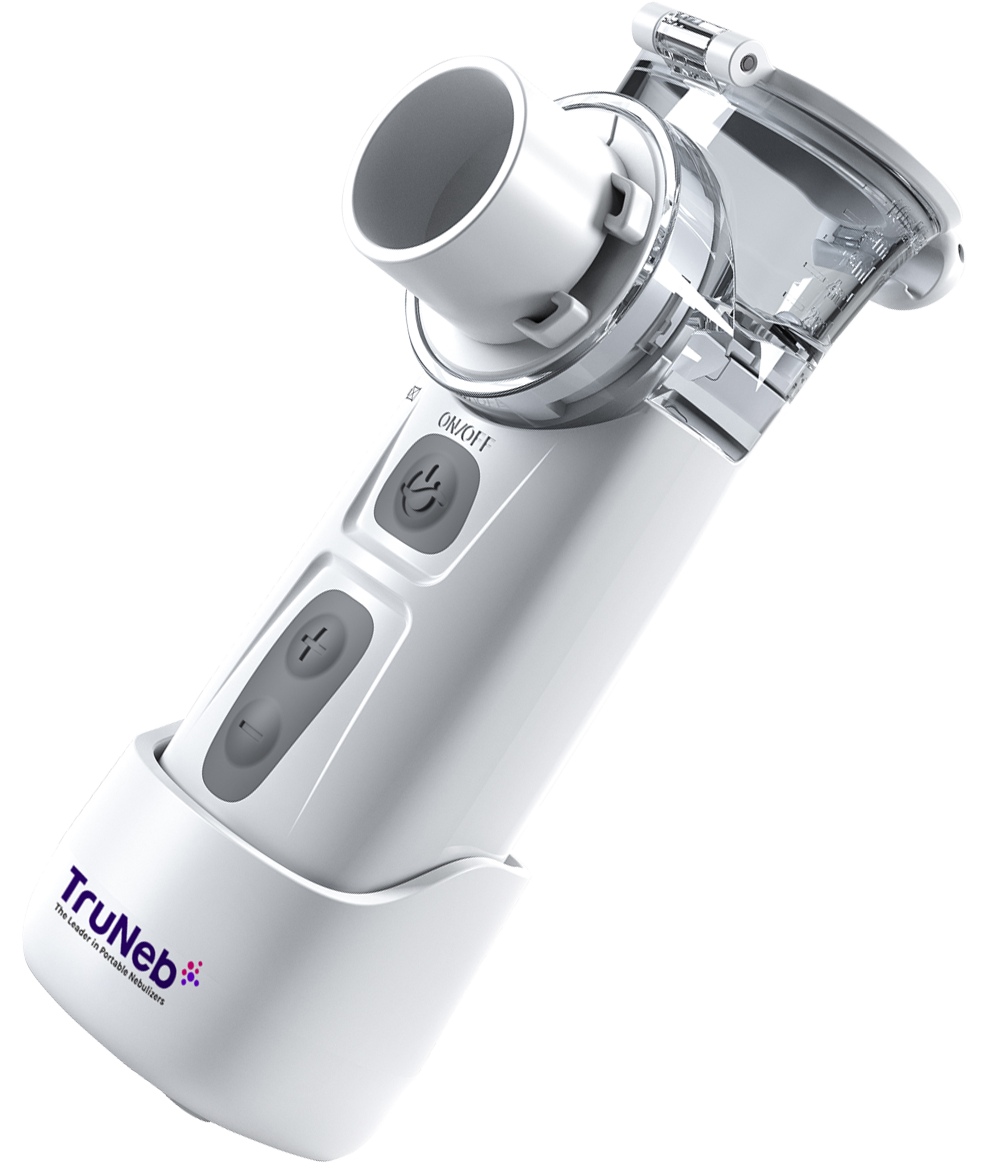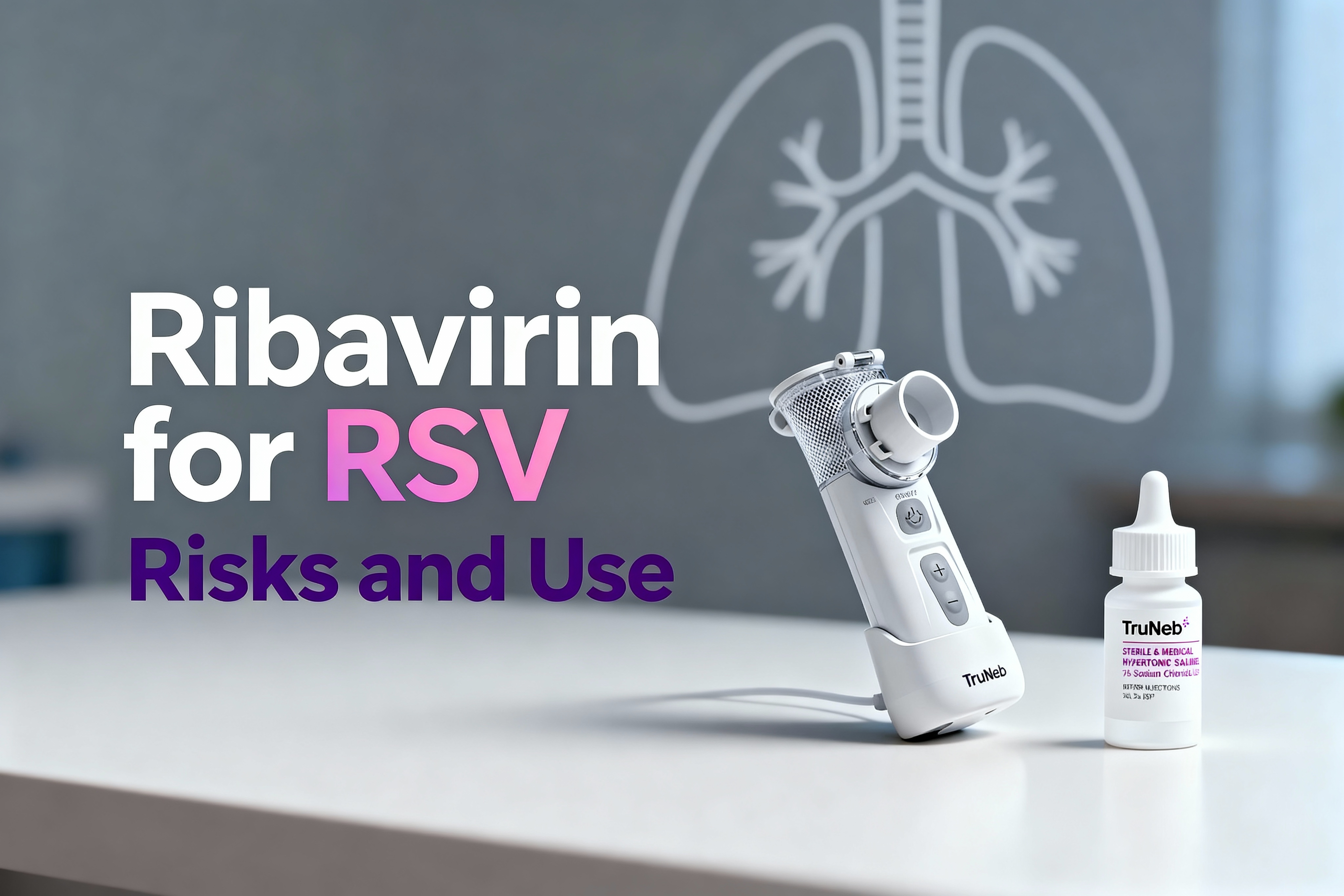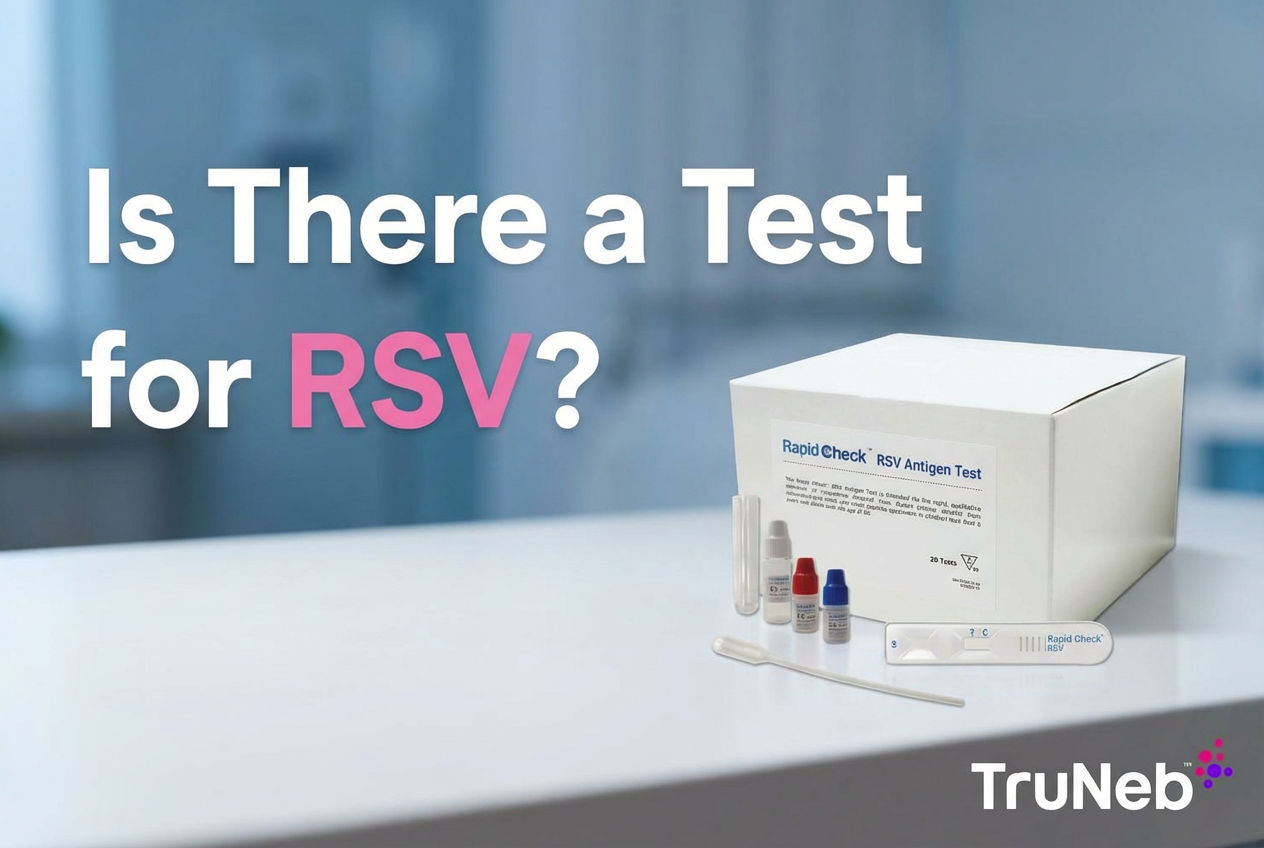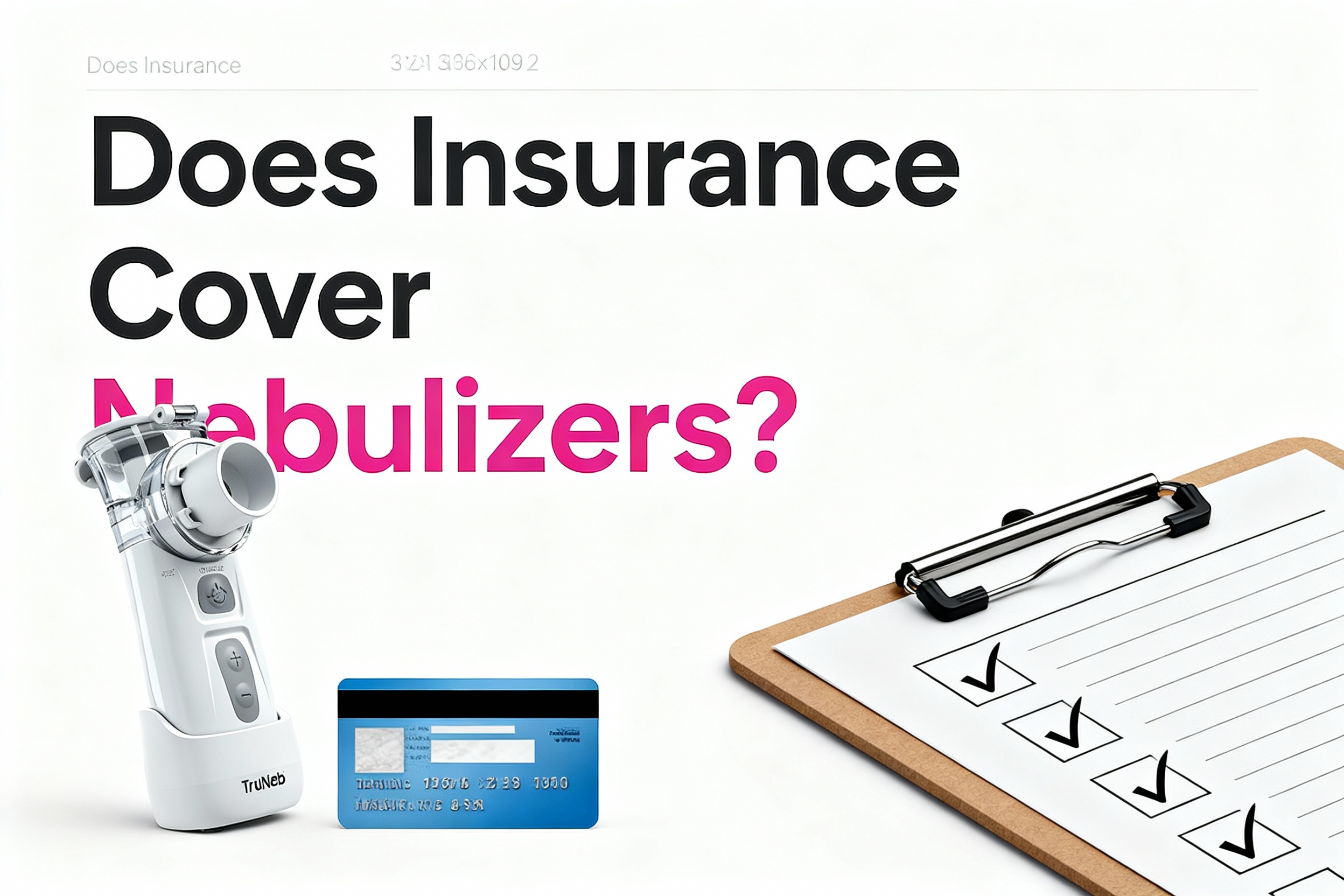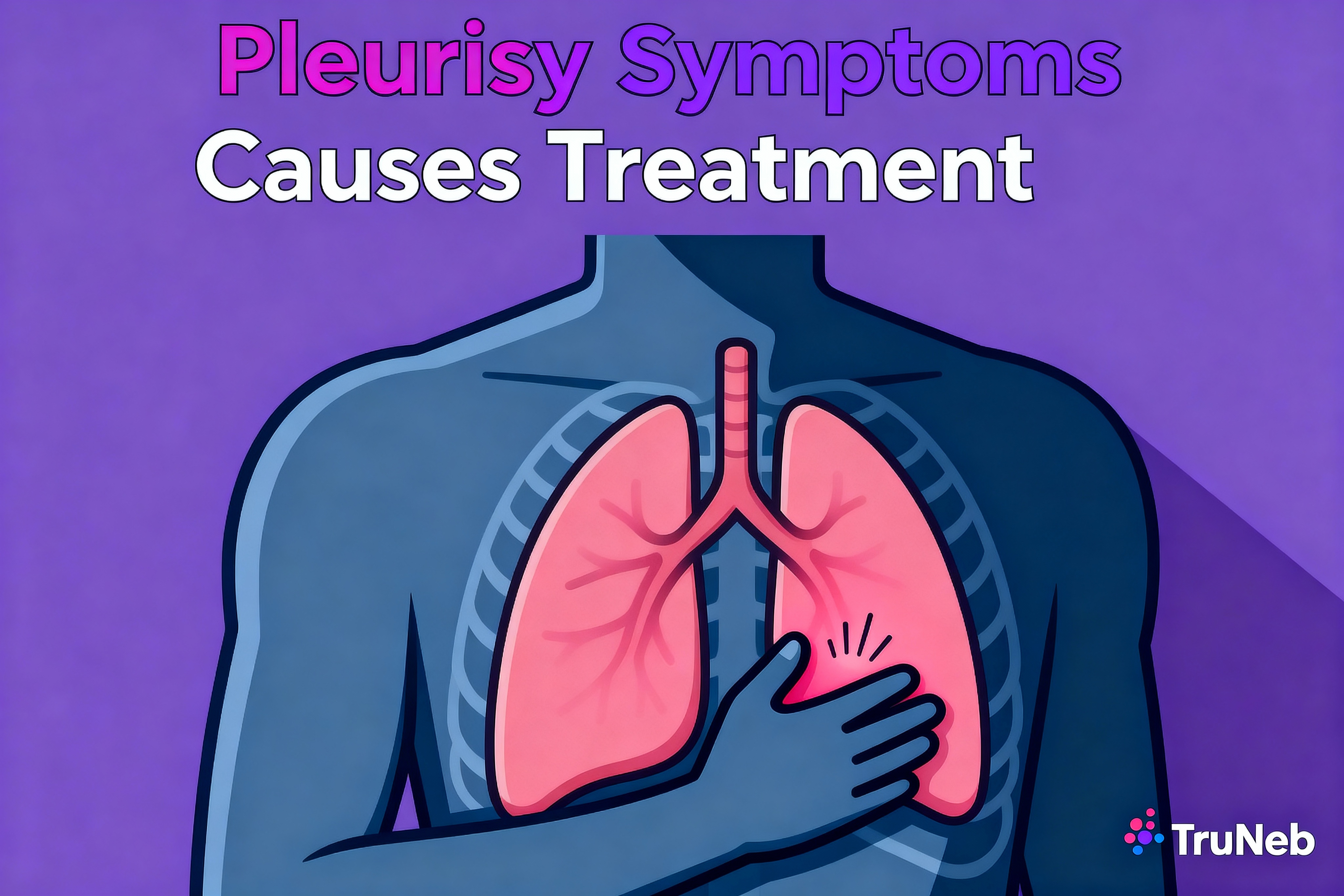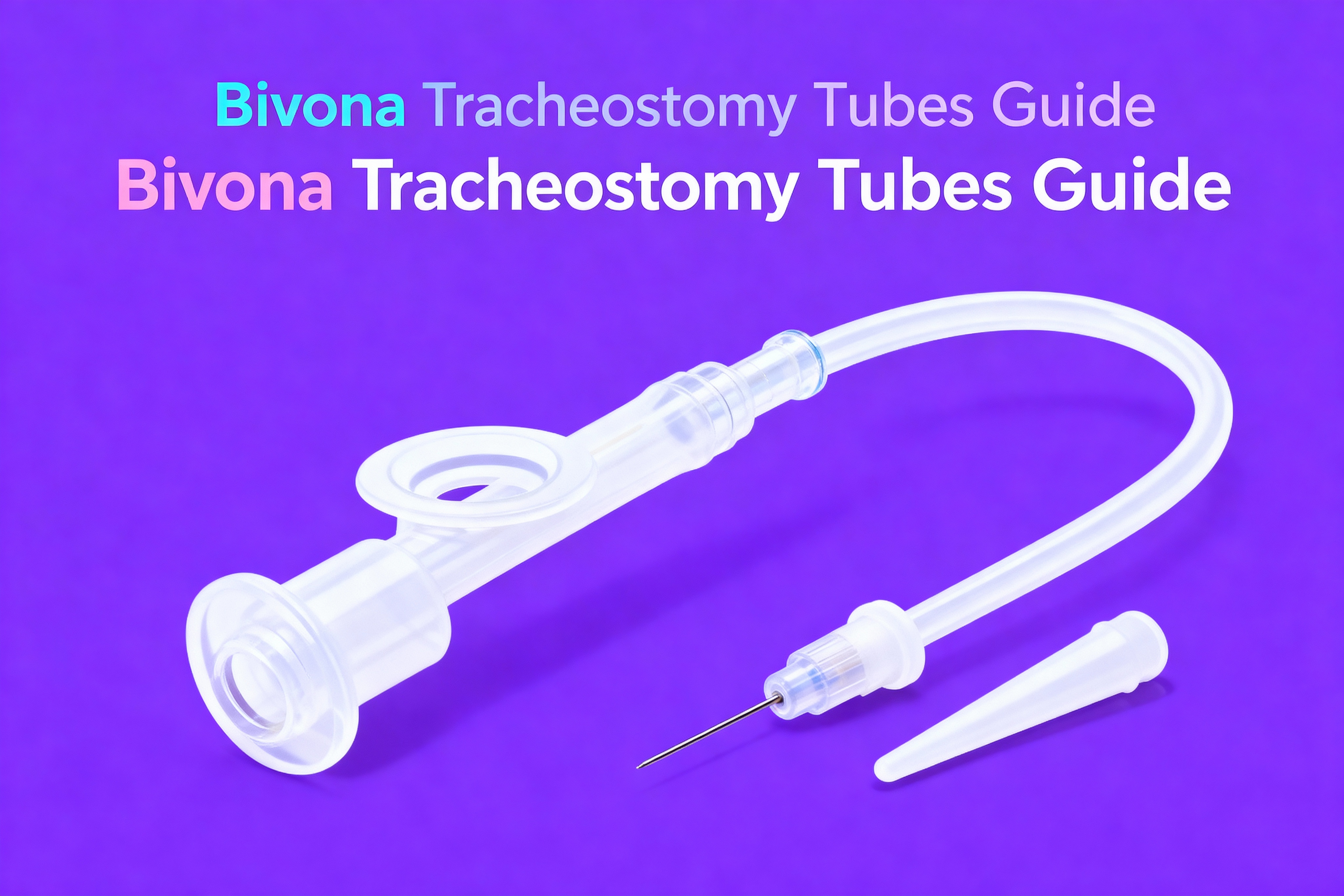On this page

How Long Are You Contagious With RSV?
Most people with RSV (respiratory syncytial virus) are contagious for about 3 to 8 days while they have symptoms, and can start spreading the virus 1 to 2 days before they feel sick.
Babies, young children, and people with weak immune systems can keep shedding RSV for much longer, sometimes up to 3 or 4 weeks even after they seem better.
For most healthy people, that adds up to about a week of being contagious, while some infants and people with weak immune systems can spread RSV for several weeks.
Here is the big picture:
- Most healthy adults and older kids: contagious for about 3 to 8 days after symptoms begin
- You can start spreading RSV 1 to 2 days before symptoms
- Some infants and people with weak immune systems: can spread RSV for several weeks
According to the CDC, most people with RSV are contagious for about 3 to 8 days while they have symptoms and can spread the virus a day or two before symptoms appear. Yale Medicine notes that some infants can stay contagious for as long as 4 weeks.
Understanding the RSV Contagious Period
Your contagious period is the time when you can pass RSV to someone else.
RSV usually moves through a few stages:
- Exposure: you breathe in the virus or touch it and then touch your eyes, nose, or mouth
- Incubation: RSV is in your body for about 4 to 6 days with no symptoms yet
- Early symptoms: runny nose, sore throat, cough, and possibly a mild fever
- Peak illness: breathing feels worse, coughing and mucus are heavy
- Recovery: symptoms slowly fade over several days
Most people with healthy immune systems are contagious for about 3 to 8 days while they have symptoms, and can start spreading RSV a day or two before those symptoms appear.
Here is a simple timeline for a typical case:
- Days 0–4 after exposure: virus is incubating, no symptoms yet
- Days 4–6: symptoms start; you're contagious and getting sicker
- Days 6–8: symptoms are usually at their worst; you're very contagious
- Around day 8 and beyond: symptoms improve; most healthy people are no longer contagious
In some babies and people with weak immune systems, RSV keeps shedding from the nose and lungs for much longer, a process called viral shedding, which is why these groups usually need extra time away from others.
You'll see this longer contagious window again in the sections on babies and high-risk adults.
In simple terms, you're usually contagious with RSV for about a week from when symptoms begin, unless you or your child have a weakened immune system.
| Group | When contagiousness usually begins | Typical contagious period | When to be extra careful |
|---|---|---|---|
| Healthy adults and older kids | About 1 to 2 days before symptoms start | About 3 to 8 days while symptoms are present | Until fever has been gone for 24 hours and cough and breathing are clearly improving |
| Babies and toddlers | About 1 to 2 days before symptoms start | Usually longer than a week | Some infants, especially newborns and preemies, can spread RSV for 3 to 4 weeks |
| High-risk adults (older adults or people with weak immune systems or chronic heart or lung disease) | About 1 to 2 days before symptoms start | Usually at least a week | Some can shed virus for several weeks, so ask a doctor about being around high-risk contacts |
Image idea: simple horizontal timeline showing RSV contagious period from exposure through about 8 days of symptoms, with a dotted line extending longer for infants and people with weak immune systems.
Are You Contagious With RSV Before Symptoms Appear?
Yes. RSV can start to spread about 1 or 2 days before you notice symptoms.
During this late part of the incubation period, the virus is already growing in your nose and airways. You can spread it when you breathe near others, talk, cough, or sneeze, even though you don't feel sick yet.
This is one reason RSV moves quickly through homes, daycares, and schools.
When Is RSV Most Contagious (Peak Infectivity)?
RSV is usually most contagious in the first few days after symptoms begin.
You're shedding the most virus when you're coughing a lot, wiping your nose frequently, or feeling the sickest. For many people, that peak window is roughly days 2 through 4 of symptoms.
As your fever goes down, your energy returns, and your cough and mucus ease, your contagiousness starts to drop too.
How Long Is RSV Contagious in Adults?
For most healthy adults and older children, RSV is contagious for about 3 to 8 days while symptoms are present.
You're most likely to spread RSV while you actively have symptoms like a runny nose, cough, sore throat, or fever. As those symptoms fade, your risk of infecting others drops.
An adult with a healthy immune system is usually no longer contagious about a week after symptoms start, especially if:
- Fever has been gone for at least 24 hours without using fever medicine
- Cough and congestion are clearly improving
- You feel well enough to do normal activities
Older adults and adults with long-term health problems like heart or lung disease or weak immune systems may shed RSV longer and should be more cautious about being around high-risk people.
In these cases, the contagious period can stretch beyond a week and sometimes approach the longer timelines seen in infants, so it's important to ask your doctor about when it's safe to be around high-risk people.
Most healthy adults stop being contagious about a week after RSV symptoms start, once fever is gone and breathing clearly improves.
When Can You Return to Work or School After RSV?
In general, most adults can think about going back to work or school when all of the following are true:
- It's been about 5 to 7 days since symptoms began
- You've been fever-free for at least 24 hours without fever medicine
- Your cough and breathing are clearly better
- You feel able to get through the day without needing constant rest
If you work around babies, older adults, or people with weak immune systems, it's smart to be extra careful. Give yourself closer to a full week, wear a mask for a few extra days, and if you're not sure it's safe to return, ask your doctor what makes sense for your situation.
How Long Is RSV Contagious in Babies and Toddlers?
Babies and toddlers can stay contagious with RSV much longer than most adults.
Their immune systems are still developing, so the virus can hang around in their nose and airways for many days. The CDC notes that young children and people with weak immune systems can sometimes keep spreading RSV for 3 to 4 weeks. Yale Medicine reports the same pattern, with some infants shedding RSV for weeks after symptoms have improved.
RSV spreads the same way between all ages, so adults can get RSV from babies and babies can get it from adults.
In most babies and toddlers:
- The first week of symptoms is the sickest and most contagious
- They can still spread RSV into the second week
- Some infants, especially newborns and premature babies, can shed virus for 3 to 4 weeks
Because their lungs are small and RSV can cause bronchiolitis or pneumonia, babies usually need closer watching and more time before they're around large groups again, especially if they have underlying heart or lung conditions or were born prematurely.
Caring for an Infant After RSV: When Can They Be Around Other Kids?
After RSV, you're probably eager to get your baby back to daycare and around cousins and friends.
As a cautious general rule, pediatricians commonly suggest waiting until:
- Your baby has been fever-free for at least 24 hours without fever medicine
- Breathing looks comfortable, with no fast breathing, belly pulling in, or flaring nostrils
- Cough and stuffy nose are clearly getting better
For many infants this lines up with about 7 to 10 days after symptoms start, but some will need longer. Because babies can stay contagious for weeks, always check with your pediatrician before sending your child back to daycare or big group settings, especially if your baby has heart or lung problems or was born prematurely.
Babies and toddlers usually stay contagious with RSV longer than adults, so a lot of babies need at least a week or more at home after infection before they're no longer likely to spread it.
When Is It Safe to Be Around a Baby After RSV?
If you or an older child in your home just had RSV, it's wise to be careful before visiting or holding a newborn.
As a general rule of thumb, to lower the risk of passing RSV to a baby, it's safest if all of the following are true before close contact:
- At least 8 to 10 days have passed since symptoms began
- No fever for at least 24 hours without fever medicine
- No heavy cough, sneezing, or constant nose wiping
- You feel mostly back to normal
If you still have a light dry cough after that time, you can reduce risk by:
- Wearing a well-fitting mask when you hold the baby
- Washing your hands before you touch the baby or their things
- Avoiding kissing the baby or sharing cups and utensils
Newborns and babies with heart, lung, or immune problems are at highest risk for severe RSV, so their pediatrician might ask family members to wait even longer or to wear masks around the baby during RSV season.
This 8 to 10 day window is a cautious general guideline, and the baby's pediatrician might recommend waiting longer in some situations, especially for premature babies or those with heart or lung conditions.
As a cautious rule, it's generally safer to be around a newborn after about 8 to 10 days from symptom start and once your fever, heavy cough, and runny nose are gone.
If you're unsure, ask the baby's doctor how long you should wait in your specific situation.
Preventing the Spread of RSV While You Are Contagious
You can't change how long RSV stays in your body, but you can cut down how many people it reaches.
RSV spreads through droplets from coughs and sneezes, close contact like kissing, and by touching contaminated surfaces and then your face.
RSV can live on hard surfaces for several hours, so it's easy to pick up from shared toys, tables, and doorknobs.
Simple steps help a lot:
- Stay home while you have a fever or feel very sick
- Wash your hands with soap and water for at least 20 seconds, several times a day
- Use alcohol-based hand sanitizer when soap and water aren't handy
- Cover coughs and sneezes with a tissue or your elbow
- Wear a mask if you must be around others, especially babies, older adults, or people with weak immune systems
- Don't share cups, utensils, towels, or toothbrushes
- Clean and disinfect high-touch surfaces like doorknobs, phones, crib rails, and toys every day during your illness
- Keep sick siblings from kissing or snuggling close to infants until they're better
These habits protect people around you and can slow RSV outbreaks in homes, daycares, and schools. Simple habits like handwashing, masking, and staying home while sick are some of the best ways to avoid spreading RSV.
Managing RSV Symptoms at Home During the Contagious Period
There is no quick cure for RSV. For most people, treatment is about staying comfortable and watching for warning signs while the virus runs its course.
Some common home-care steps include:
- Staying hydrated with plenty of fluids for you or your child
- Running a cool mist humidifier to keep air moist and ease coughing, if your doctor says it's safe for you or your child
- ⚠️ You might see products labeled "steam inhaler" or aroma diffusers near nebulizers, but they are not the same as a nebulizer and shouldn't be used to deliver breathing medications. Hot steam devices can also burn infants and young children.
- For babies, pediatricians sometimes suggest saline nose drops and gentle suction with a bulb syringe to help clear mucus
- Letting your child rest and sleep more than usual
- Using fever reducers only if your child's doctor says they're safe and needed
In some cases, especially when a child has wheezing or trouble breathing, doctors sometimes recommend breathing treatments with a nebulizer. A nebulizer turns liquid medicine or saline into a fine mist that's easy to inhale.
A portable mesh nebulizer like the TruNeb™ Portable Mesh Nebulizer is small, quiet, and handheld, so you can give doctor-prescribed treatments at home or on the go when your doctor says it's appropriate, instead of needing a clinic visit for every treatment.
Hospitals sometimes use hypertonic saline (saltwater that's more concentrated than normal body fluid), such as 3 percent or 7 percent, in a nebulizer for some infants with RSV bronchiolitis to help thin mucus and improve breathing. TruNeb offers medical-grade 3 percent and 7 percent saline ampoules that doctors sometimes include in treatment plans for certain lung conditions.
Hypertonic saline isn't right for every child and can have side effects, so it should only be used in a nebulizer if your doctor specifically prescribes it.
Warning signs that mean you should seek urgent medical help include:
- Fast breathing or working hard to breathe
- Ribs or skin pulling in with each breath
- Blue lips or face
- Signs of dehydration, like very few wet diapers or not peeing for many hours
- Being hard to wake up or unusually limp
⚠️ If your child has very fast or hard breathing, blue lips or face, or is very hard to wake up, call 911 or go to the nearest emergency room right away.
For less severe but worrying symptoms, call your pediatrician or doctor right away.
Talk to your doctor before trying a new medication, changing any inhaled treatment, or using hypertonic saline in a nebulizer.
Image idea: parent using a small handheld mesh nebulizer with a mask to help a toddler breathe comfortably at home.
Frequently Asked Questions About RSV Contagiousness
Tap or click a question below to see the answer:
Yes. You can still be contagious with RSV even without a fever as long as you have symptoms like coughing, sneezing, or a runny nose.
RSV spreads mainly through droplets when someone coughs or sneezes, through close contact like kissing, and by touching surfaces with the virus on them and then touching your eyes, nose, or mouth.
Usually not. Most people don't need repeat RSV tests. Doctors look at how long it's been since symptoms started and how you're feeling. If it's been about a week, you feel much better, and you don't have a fever, you're less likely to be contagious, but ask your doctor if you're unsure.
Yes. You can get RSV again, even in the same season, because immunity after infection isn't long lasting and tends to fade over time.
The Bottom Line On How Long RSV Stays Contagious
For most healthy adults and older children, RSV is contagious for about 3 to 8 days while they have symptoms, and you can start spreading it 1 to 2 days before symptoms begin.
Babies, toddlers, older adults, and people with weak immune systems can shed RSV longer, sometimes for 3 to 4 weeks, so extra caution around newborns and high-risk loved ones is important.
By understanding this timeline, staying home while you're sick, and washing hands and surfaces, you can help protect your family and community.
If you're unsure how long you or your child should stay home or avoid a high-risk person, talk with your doctor or your child's pediatrician.
If you need help managing breathing treatments during RSV or other lung conditions, a portable nebulizer from TruNeb can be one part of a plan you set up with your doctor. TruNeb focuses on portable mesh nebulizers and medical-grade saline designed for home breathing care, to support the treatment plan you create with your doctor.
Disclaimer: This guide is for general information only and does not replace medical advice. Always talk to your doctor before making decisions about testing, treatment, medication changes, or when it's safe to be around others.

